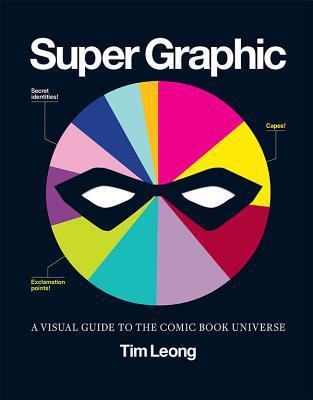The archetypal theory interprets the text by focusing on the recurring myths, symbols, images and archetypes in the text while reading the story. There are multiple examples of the archetypal literary theory shown throughout the different characters in the novel.
If I were to assign archetypes such as “the hero,” “The great mother,” “The wise old man,” “The trickster” and the “mentor” to certain characters in the book it would be like so; Aminata – “The hero” of her own story, Georgia – “The great mother”, Daddy Moses- “The wise old man” and Mamed as “The mentor”.
Aminata could be the considered the hero of her own story, despite the challenges she still managed to go through the slave trade and eventually reach freedom. When she is taken away from her home she begins the journey from innocence to experience, everything along the way has brought danger into her life such as interactions with; disease, slave traders and other captives. Despite the challenges Aminata had to face she held true to herself, without the challenges she wouldn’t be the person she is today. From the beginning of the book she has always said that one day she would find her way back home, (though this is jumping ahead) eventually she does return to Africa with John Clarkson in book four completing her journey, she overcame any challenge in the way making her the hero of her own story.
The great mother archetype is assigned to Georgia, she is the first person Aminata builds a relationship with when she arrives on Appleby’s Indigo farm. Like Aminata she was African American, however she has lived on the plantation for her entire life. Georgia eventually becomes a caretaker and mother figure for Aminata who had recently arrived at the plantation (Hill 126). Georgia protected her from getting certain diseases, she also tried her best to ensure that Aminata was never alone with Appleby to avoid rape unfortunately, she could not stop it despite her efforts. Georgia saw the best in Aminata however she knew her intelligence may harm her one day; “But watch out, girl. You know too much, someone kill you.” (Hill 145) Just as Aminata’s mother taught her the ways of life in the village, Georgia taught her the ways of living as a slave in America.
If we were to compare Georgia, the great mother to another great mother in another story such as the godmother in Cinderella we could see that Georgia would play a supporting mother role by providing Aminata with everything she needs to survive. Likewise, the Godmother in cinderella provided her with everything she needed to go to the ball.
Daddy moses portrays a perfect example of a wise old man, he is blind and a priest of a small chapel in a small Canadian town where Aminata escaped to. Though he is a preacher of christian faith and Aminata is muslim, she still grows close to him because of his kind soul. Daddy Moses teaches Aminata how to build a hut, I know what you’re thinking, how can a blind man build a hut? This is just a factor that proves how wise he is, he does not need his sight to teach others, he teaches off of experience and gives kindness to other people. Aminata learns a lot from daddy Moses, she uses the lessons learned from him and brings them to her teachings in London.
The trickster archetype can be assigned to the character Lindo. If we were to compare him to slave master Appleby we would see he isn’t as open about who he really is, whereas slave master Appleby is openly racist and hateful. When Aminata is brought into Lindo’s home he says ” I prefer the term servant. And we don’t treat our servants rudely.” (Hill 190). In book two we see Soloman Lindo owns slaves but does not call them that for his own dignity, when Aminata’s baby is sold from her he later denies all accusations and pretends to be a gentlemen. Lindo is a fake, acting a certain way to portray his character better, however as a reader I know deep down he is just as bad as Appleby.
Lastly, the mentor of the story is played by the character Mamed. Like Georgia, he was introduced to Aminata at the plantation when she arrived. He is Appleby’s right Hand man, Appleby trusted him to run the plantation. Over the weeks he learns about Aminata, Mamed sees the intelligence within her and decides to increase her knowledge through books. He was the only Negro with any access to books, Mamed use this to his advantage when teaching Aminata to strengthen her skills.
If any of you are interested in seeing the connection between Aminata and Chekura it can be seen in this following clip; https://youtu.be/cCd37vfRbW4 . Chekura has showed affection for Aminata since the beginning of her journey, always taking care of her, always providing. The moon is an object that sheds light to brighten up a dark place, Chekura Aminata’s husband (lover) would be the moon in this story. He supports her from the beginning though they are separated many times he always finds his way back to her. Chekura is Aminata’s light in a dark world of slavery.
Applying Archetypes to the story makes it more relatable to the readers, most readers of the book have never been through slavery however with Archetypes it is more easy to understand the story from a slave’s point of view. Applying the Archetypal literary theory to the book has emphasized each character’s role in the book.









